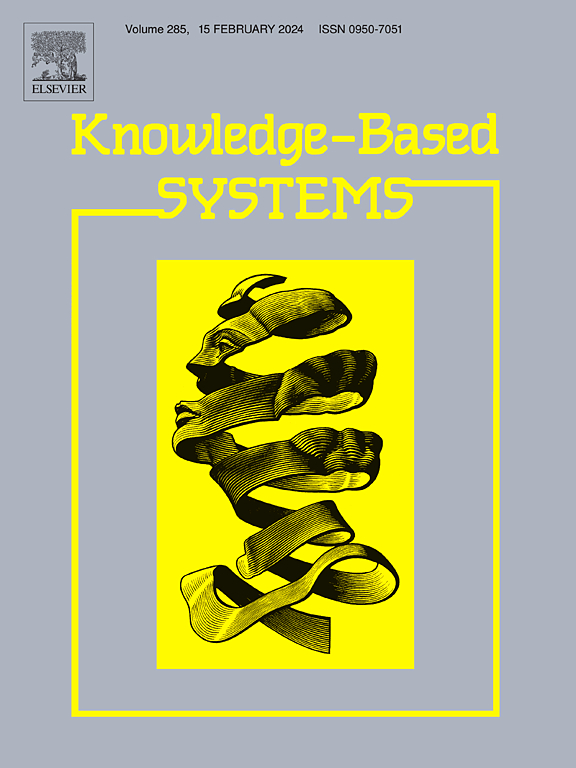From local to global: Leveraging document graph for named entity recognition
IF 7.2
1区 计算机科学
Q1 COMPUTER SCIENCE, ARTIFICIAL INTELLIGENCE
引用次数: 0
Abstract
Named Entity Recognition (NER) is a fundamental task in Natural Language Processing (NLP) that aims to identify the span and category of entities within text. Recent advancements have demonstrated significant improvements in NER performance by incorporating document-level context. However, due to input length limitations, these models only consider the context of nearby sentences, failing to capture global long-range dependencies within the entire document. To address this issue, we propose a novel span-based two-stage method that formulates the document as a span graph, enabling the capture of global long-range dependencies at both token and span levels. Specifically, (1) we first train a binary classifier without considering entity types to extract candidate spans from each sentence. (2) Then, we leverage the robust contextual understanding and structural reasoning capabilities of Large Language Models (LLMs) like GPT to incrementally integrate these spans into the document-level span graph. By utilizing this span graph as a guide, we retrieve relevant contextual sentences for each target sentence and jointly encode them using BERT to capture token-level dependencies. Furthermore, by employing a Graph Transformer with well-designed position encoding to incorporate graph structure, our model effectively exploits span-level dependencies throughout the document. Extensive experiments on resource-rich nested and flat NER datasets, as well as low-resource distantly supervised NER datasets, demonstrate that our proposed model outperforms previous state-of-the-art models, showcasing its effectiveness in capturing long-range dependencies and enhancing NER accuracy.
求助全文
约1分钟内获得全文
求助全文
来源期刊

Knowledge-Based Systems
工程技术-计算机:人工智能
CiteScore
14.80
自引率
12.50%
发文量
1245
审稿时长
7.8 months
期刊介绍:
Knowledge-Based Systems, an international and interdisciplinary journal in artificial intelligence, publishes original, innovative, and creative research results in the field. It focuses on knowledge-based and other artificial intelligence techniques-based systems. The journal aims to support human prediction and decision-making through data science and computation techniques, provide a balanced coverage of theory and practical study, and encourage the development and implementation of knowledge-based intelligence models, methods, systems, and software tools. Applications in business, government, education, engineering, and healthcare are emphasized.
 求助内容:
求助内容: 应助结果提醒方式:
应助结果提醒方式:


